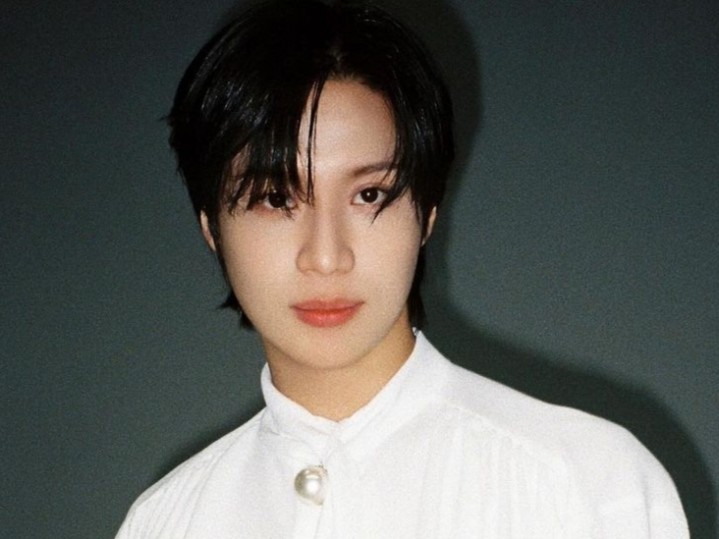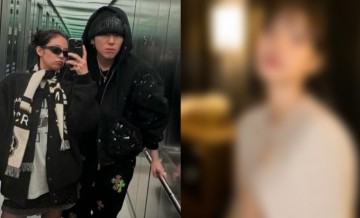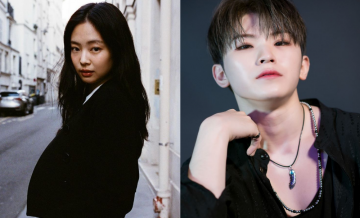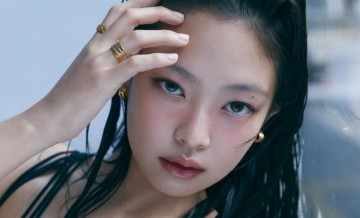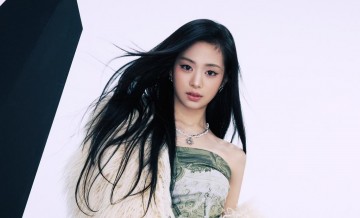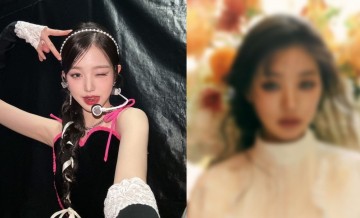6 K-pop Songs That Feature Elements of Traditional Korean Culture
As K-pop gets more recognized globally, more Korean artists are incorporating more elements of Korean culture into their songs and music videos. Though it is not the first time this has happened, this practice gradually disappeared in recent years. But, now, K-pop acts are finding their way back to their cultural roots. Check out our list of a few K-pop songs with Korean traditional music below.
6 K-pop Songs With Elements of Traditional Korean Culture
BTS "IDOL"

6 K-pop Songs That Feature Elements of Traditional Korean Culture
After gaining massive success worldwide in 2016, BTS took the opportunity to introduce their Korean roots with their following tracks like their 2018 rap "Ddaeng" and their mega-hit song "IDOL." Along with African-inspired beats, "IDOL" has a rhythm coming from pansori, a conventional style of Korean storytelling set to music with a drum.
ALSO READ: 7 K-Pop Diss Tracks That Sends Clear Message to Haters
Moreover, BTS's "IDOL" features Korean instruments such as the gakgung (horn bow), kkwaenggwari (brass gong), and janggu (traditional drum). The group also uses the phrase "eolssu," an exclamation of encouragement that is typically used in pansori.
Other than that, the circular leaping in BTS's "IDOL" choreography originated from folk pungmul dance, and the music video has lots of cultural references.
Dreamcatcher "PIRI"
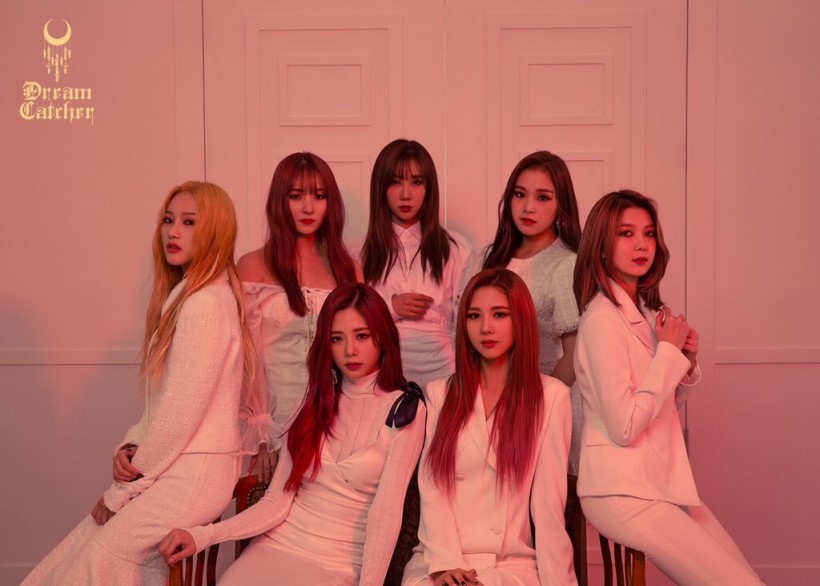
6 K-pop Songs That Feature Elements of Traditional Korean Culture
On Dreamcatcher's "PIRI," the group fills their signature rock sound with a flute melody-and the final product absolutely deserves a spot in a mini-album called "The End of Nightmare." A fun fact, the title of the song, "PIRI," is actually the name of a traditional Korean wind instrument, and the melodic reedy sound mixed with the rock music of the chorus is definitely the traditional piri sound.
BIGBANG G-Dragon "Niliria"

6 K-pop Songs That Feature Elements of Traditional Korean Culture
Released in 2013 as part of BIGBANG G-Dragon's "Coup 'd'Etat" album, "Niliria" puts together samples of a traditional Korean folk song by the same name and its hip-hop vibe. The folk music is specifically heard in the track's intro and its bridge (beginning at 1:57 in the video here).
READ MORE: 8 K-pop Collaboration Songs by Male/Female Artists You Should Add to Your Playlist
To further emphasize the fusion of hip-hop and Korean folk, G-Dragon featured the legendary American artist Missy Elliot on the song.
MONSTA X "Follow"
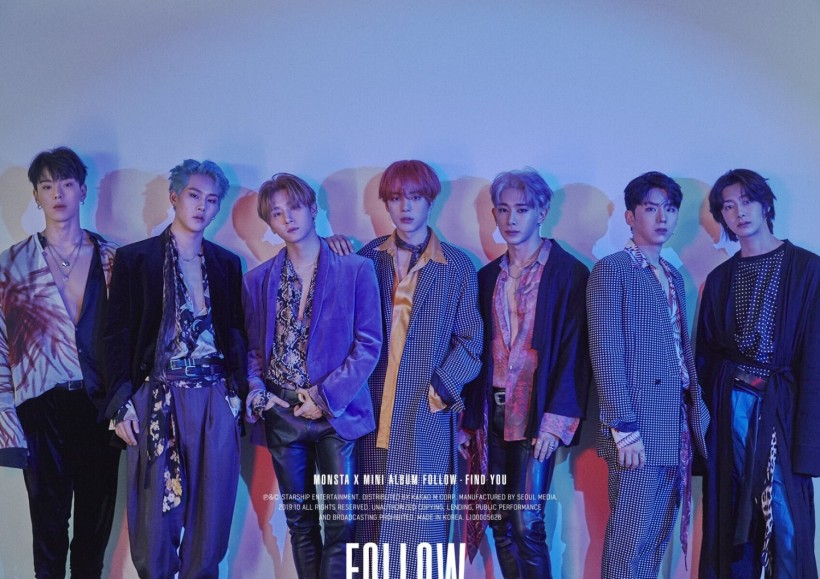
6 K-pop Songs That Feature Elements of Traditional Korean Culture
Serving as the title track of their EP "FOLLOW: FIND YOU," MONSTA X's "Follow" incorporates traditional elements of Korean culture in its melody and its MV. In particular, the members can be seen wearing beautiful hanbok-inspired outfits in the MV.
Apart from that, what makes "Follow" stand out is its addictive tune at the very beginning: it's from the taepyeongso, a traditional Korean wind instrument.
SUNMI "LALALAY"
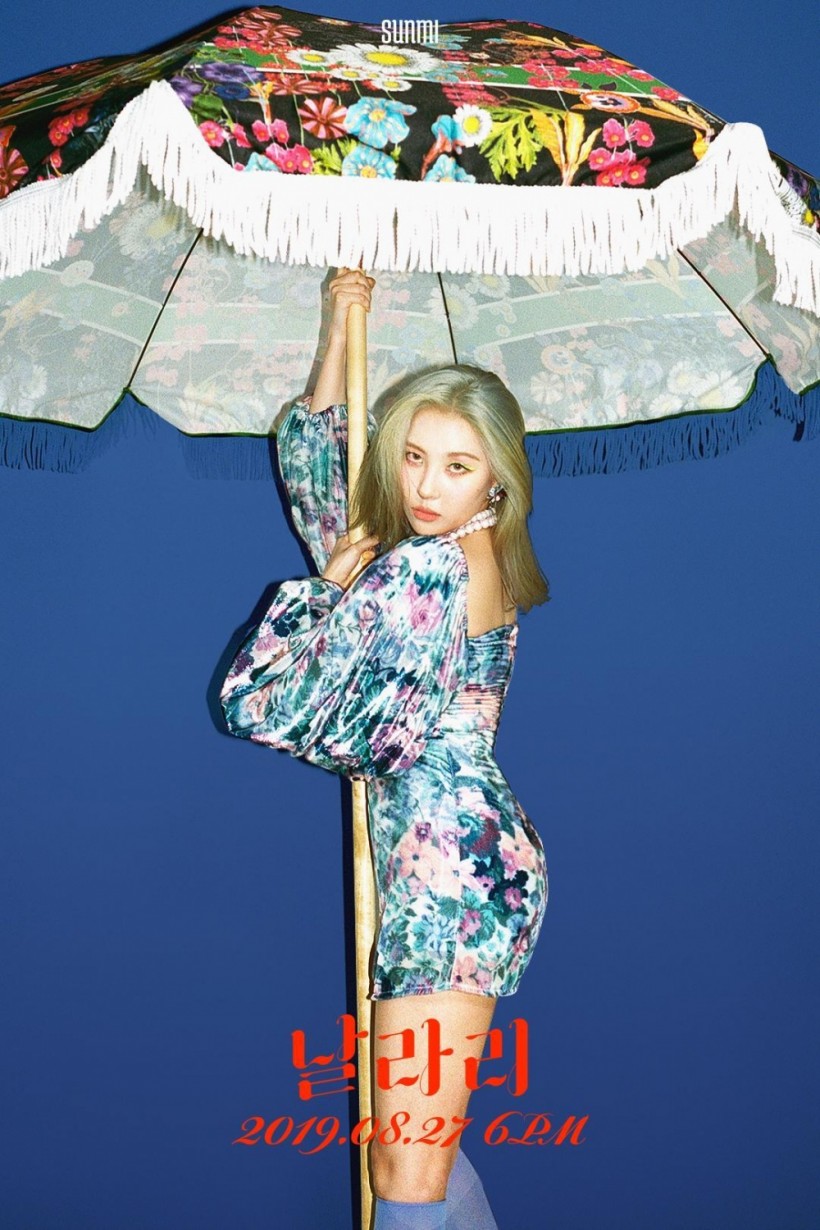
6 K-pop Songs That Feature Elements of Traditional Korean Culture
Another K-pop song by a female artist that features elements of traditional Korean culture is SUNMI's "LALALAY." This track blends Latin pop and dancehall elements with conventional Korean sounds, incorporating taepyeongso as well. Thanks to the perfect fusion of sounds, "LALALAY" becomes another one of SUNMI's hit songs.
YOU MIGHT ALSO LIKE: 7 Iconic K-pop Songs That Reference 'Ice Cream'
Stray Kids "Thunderous"
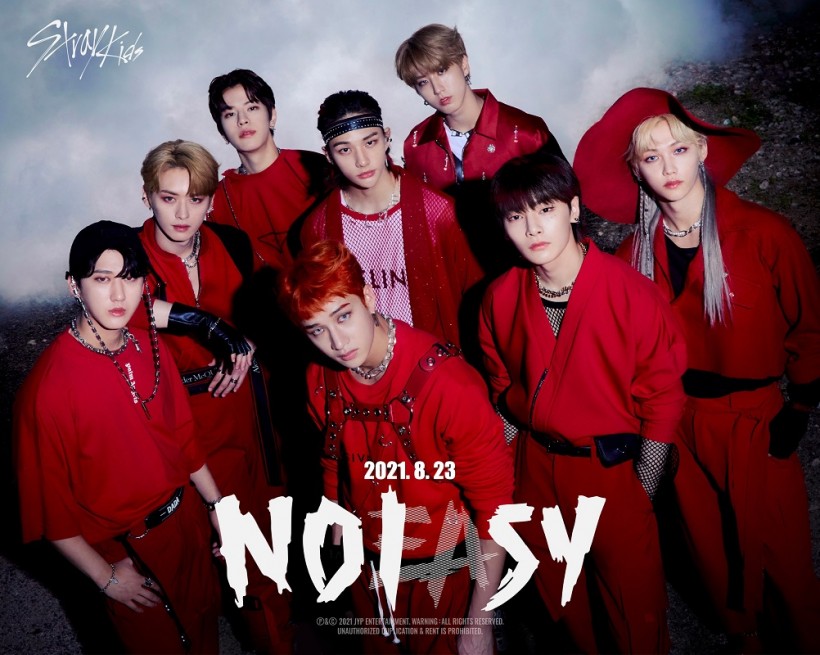
6 K-pop Songs That Feature Elements of Traditional Korean Culture
Finally, Stray Kids brought things back to their Korean roots with their 2021 hit song "Thunderous," which came out as the title song for the group's second studio album "NOEASY." "Thunderous" is a hip-hop and trap song with elements of Korean traditional music and brass elements. Moreover, Stray Kids makes use of the word "chuimsae," an exclamation during Korean traditional music, to make the performance more enjoyable.
Many other K-pop songs incorporate elements of traditional Korean culture, so if you know any, comment down below!
For more K-Pop news and updates, keep your tabs open here at KpopStarz.
KpopStarz owns this article
Written by Maria Scott






